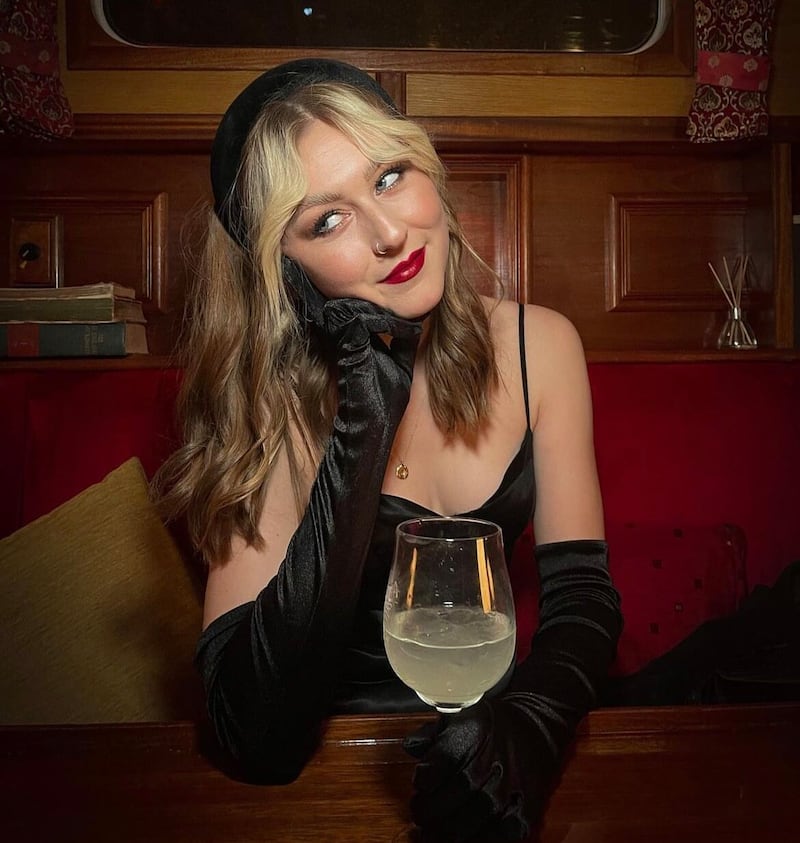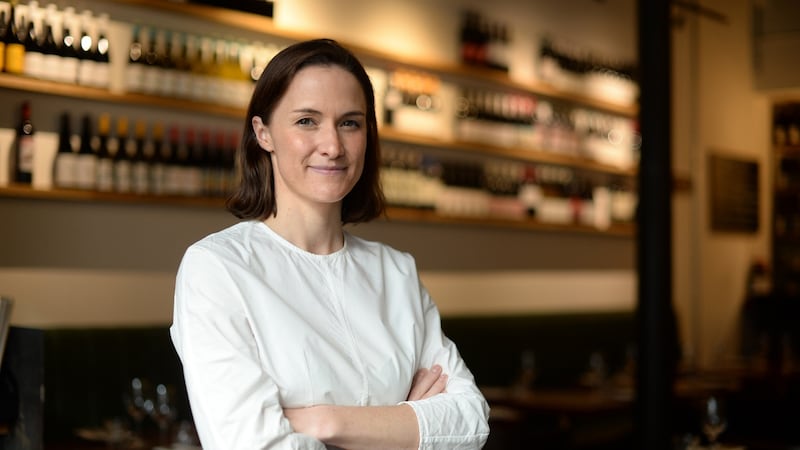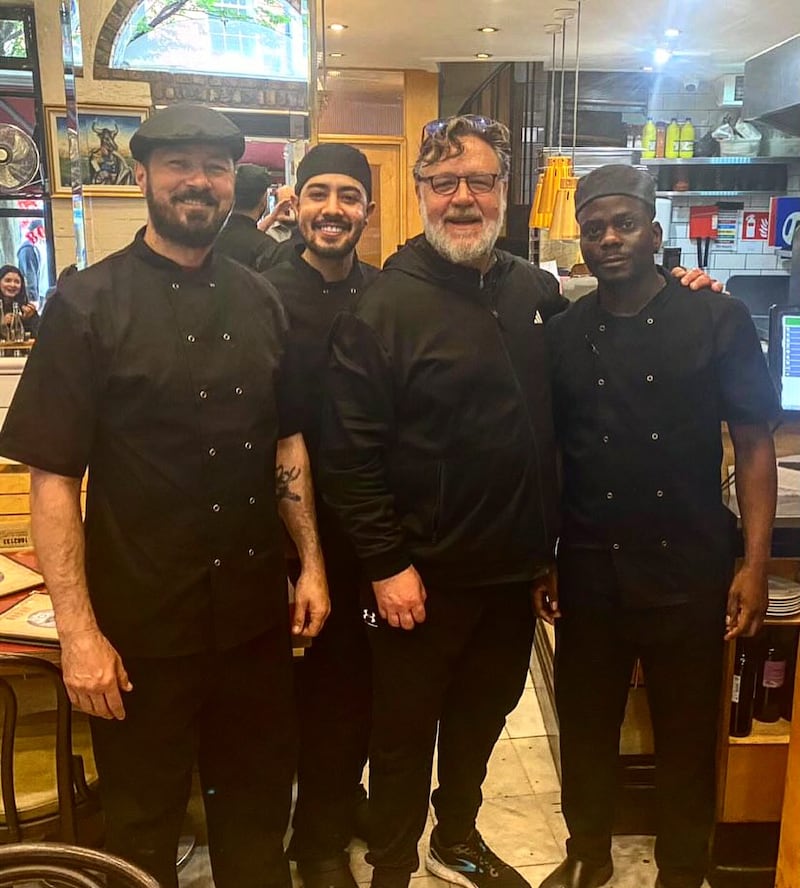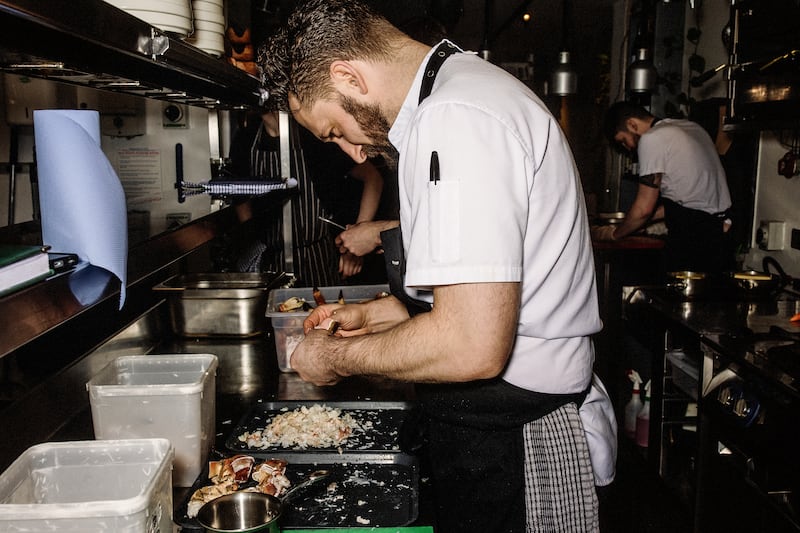Step into any restaurant these days and you’ll likely be greeted by the hum of conversation, the smell of freshly cooked food, and the glow of smartphone screens – or, worse, ring lights. Diners angle their phones with the precision of surgeons performing a delicate operation, capturing the steam rising from sizzling steaks and the drip of melting butter. Before a single bite is taken, the dishes have been immortalised online, dispatched into the digital ether for the validation of friends and strangers.
Apicius, the first-century Roman gourmand, once mused, “The first taste is always with the eyes.” These days, the camera eats first.
The exchange of food for eyeballs has become the norm in our pixelated age; restaurants can rise or fall on the capricious tides of social media exposure. Social media platform TikTok’s impact on restaurant culture isn’t merely anecdotal. For a certain type of eatery, the app is as critical as cutlery. For content creators it has become a career maker. Crack the short-form-video code and you or your restaurant can become the next big thing – seemingly overnight.
In Ireland alone, more than two million people are scrolling through the app, spending an average of 80 minutes per day entranced by its endless loop of bite-sized content. In June a Google executive admitted that almost “40 per cent of young people, when they’re looking for a place for lunch, don’t go to Google Maps or Search – they go to TikTok”. But do those fleeting views and non-committal likes translate to more bums on seats?
According to Paul Jackman, head of social media for Boeuf & Frites, a French-inspired steakhouse on Dublin’s South William Street, the answer is a resounding yes. “Eighty per cent of our diners find us through TikTok,” he says.
[ Age of influencers: how content creation has become the toughest of dream jobsOpens in new window ]
Jackman joined the restaurant in 2023, bringing with him a background in ecommerce and a keen understanding of digital marketing. He saw an opportunity to adopt a digital strategy in the restaurant space, focusing on storytelling and character to captivate audiences. “People don’t just buy the steak,” he says. “They buy the story.”
Eadaoin Fitzmaurice, one of Ireland’s top restaurant influencers, backs this up. She constantly receives feedback from restaurants thanking her because a recently posted video has “bumped their bookings”. TikTok is built on immediacy and first impressions. The platform’s lo-fi aesthetic has both democratised and undermined food criticism in equal measure. It has been transformed into a sort of populist pastime and a very lucrative career option for digital natives as savvy as Fitzmaurice.

Fitzmaurice says TikTok has made food more accessible. “It’s easier to stumble upon these places on TikTok,” she says. “And once you see it on your screen, you’re more likely to try it yourself.”
While this may be true, it has also homogenised dining. Search for #restaurant and you’ll find a seemingly endless stream of similar content from London, New York, LA and beyond. The same stunt foods, over-the-top presentations, and mozzarella pulls that stretch like bad metaphors. It’s a sort of Groundhog Day where every meal feels eerily familiar. “Stunt foods”, often oozing with more cheese than a dairy could churn in a week, have become the lingua franca of restaurants.
Restaurants have tapped into a new kind of dining experience – one that’s as much about posting the moment as enjoying the meal
It’s a peculiar paradox: while a dedicated cadre of chefs are going all in on the “local and seasonal” front, social media seemingly wants to bring every unique new thing from big cities abroad here. This homogenising force is steamrollering over regional diversity at a certain level. There’s a good chance that if you’re letting TikTok be your guidebook, you’re in for a monotonous march through the same dishes, no matter where your passport takes you.
In an online landscape carved out by influencers, even restaurants that aren’t trying to become viral hits can find themselves thrust into the spotlight. For Uno Mas, viral fame came out of nowhere and left the staff bemused. “We didn’t court TikTok,” co-owner Liz Matthews says. “We don’t have the time for stuff like that ... so we were shocked when it found us.”

Uno Mas is a sleek, tightly run operation that had already earned its place in Dublin’s dining scene long before the viral “Uno Mas, Bambino, Walsh’s” meme catapulted it into the TikTok stratosphere. As Matthews explains, “We suddenly had influencers standing outside the restaurant, making content,” but who weren’t coming in for the food. Then there were “some who looked confused by what they had ordered. They’d clearly come to see what all the fuss was about, but they didn’t understand the food.”
As an already highly booked restaurant, Uno Mas’s fame didn’t translate to increased profits. Though it did create a sort of benign confusion. Matthews recalls waves of confused younger diners who were expecting more conventional fare, confused regulars whose “children had tried to explain the meme to them,” and “bewildered” management who didn’t quite understand why this new generation of TikTok tourists were at Uno Mas.
[ Brianna Parkins: TikTok says you can buy your way into being a better personOpens in new window ]
If Uno Mas was dragged into TikTok stardom, others have sought it. Take Boeuf & Frites, which galloped into the TikTok game with gleeful abandon. The personality of their videos, often featuring playful banter and commenter interactions, has helped Boeuf & Frites build an engaged community while also filling seats. Jackman admits that while their bottomless (unlimited) garlic bread offer wasn’t directly inspired by TikTok, it was certainly popularised by it. “We realised it had great value, and people loved promoting it,” he says.
Within days of an influencer-heavy launch night, there were videos of their dishes spreading like wildfire across the platform, and the restaurant’s TikTok account amassed 13,000 followers. They even scored a visit from Russell Crowe when he was in town.

Restaurants like Boeuf & Frites have tapped into a new kind of dining experience – one that’s as much about posting the moment as enjoying the meal.
But can we trust these influencers? Fitzmaurice insists her reviews are unpaid. “A lot of social media users wouldn’t have the literacy to know … which reviews are unpaid,” and which are #Ad or #Gifted, she says. “My policy is if I go to a restaurant, I don’t take gifted experiences – I pay because I want the places I make videos about to be places I truly believe are great.” And while this may be true for her, other influencers are not as upfront and so the scepticism lingers.
The unfiltered, raw immediacy of TikTok can offer a sense of transparency. Some would argue it feels more honest, showing food in its messy, delicious reality – food as it is meant to be experienced. This is what warmed the highly rated Variety Jones team to the medium. Lauren Higgs, sister of chef-owner Keelan Higgs, whose company Good As Gold runs the Michelin-starred restaurant’s social media, says: “The only way we could really tell that story that we wanted to do – the lift-the-lid stuff – was through short-form video content because that’s how people are going to digest it. It’s how we can be playful, get our point across and continue to create content with the guys on an ongoing basis.”
The restaurant’s social media strategy is refreshingly different from the bombastic displays of deep-fried decadence found elsewhere. Instead, it focuses on authenticity. “We don’t do trends,” Lauren explains. “Our content is about showing the human side of the restaurant – who we are and what we do, not some overproduced gimmick.”

At Variety Jones, the TikTok content shows the behind-the-scenes reality of running a Michelin-starred restaurant. Staff meals, candid moments, and a bit of kitchen chaos all make it into the feed. “We want people to see the real personalities behind the food,” Lauren says. This raw, unscripted approach has earned Variety Jones a dedicated following, but it’s not the kind that’s chasing the next viral big cheese.
Keelan isn’t interested in pandering to content creators, either. “Some people who spend too much time getting the perfect shot are missing out on the actual experience,” he says. But that’s a minority for Variety Jones. “Our diners are here for the food,” he adds.
Today, while the camera may eat first, it doesn’t always give an authentic picture. As more restaurants embrace short form and diners come in, phones at the ready, the lines between eating out and creating content blur. Whether this change is for better or worse depends on who you ask. Apicius was right: we do eat with our eyes. But in 2024, we eat with our phones, too.













